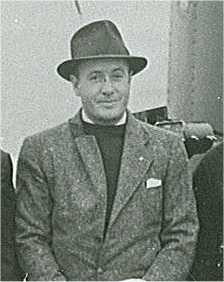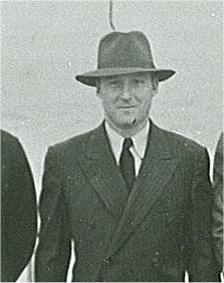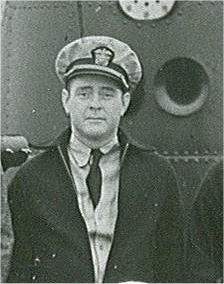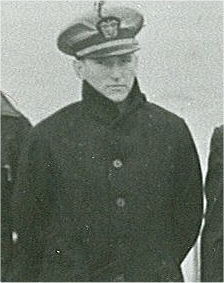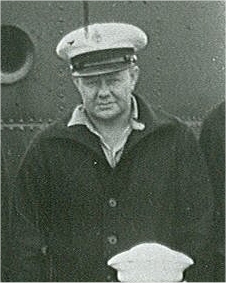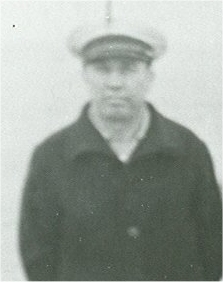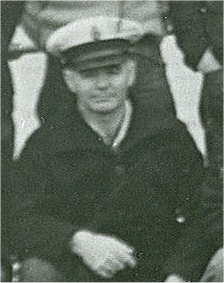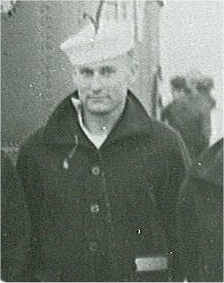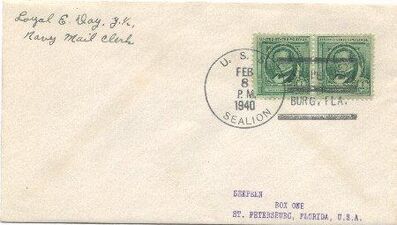195

Photo provided by MMCM(SS) Greg Peterman, USN (Ret.)
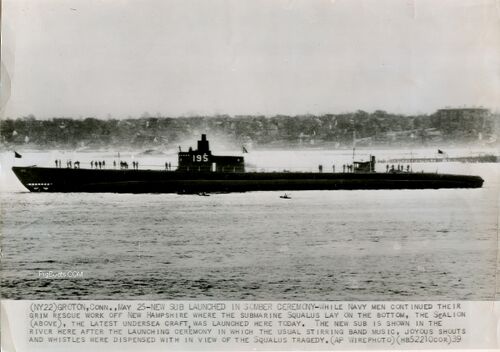
Sealion on her launch day, May 25, 1939 at the Electric Boat Company in Groton CT. The Sealion is floating on her own for the first time just moments after her launch into the Thames River. The photo caption stating that it was a somber launch as recovery efforts were ongoing to salvage the Squalus.
AP Wire photo in the private collection of Ric Hedman.
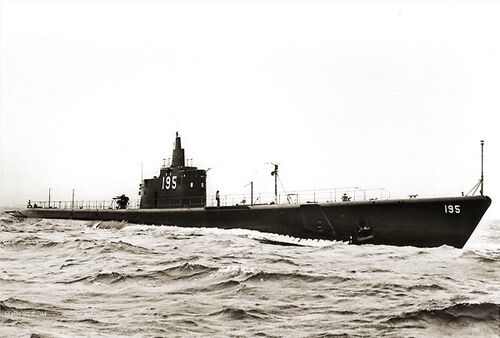
Sealion conducting sea trials and measured mile runs surfaced and submerged off Provincetown, Massachusetts, late summer 1939. Here she is cruising past the camera boat for a series of publicity photos. What looks like a man on the deck forward of the conning tower is actually the mount for a .50 caliber machine gun.
U.S. Navy photo.

Another view of Sealion on trials in Cape Cod Bay, MA. late summer of 1939. In this photo there are two men on deck alongside the conning tower fairwater. Both appear to be officers based on their uniforms. They may be topside verifying the rig for dive.
U.S. Navy photo.

At least eight of the Sealion crew are shown in this photo, circa 1939. At this time it is only a high probability that all the men in this photo are Sealion crewmen. The men identified are all members of the Commissioning crew roster. The fact that the rest of the crewmen are not identified may indicate that this is a combined crew photo, perhaps of an athletic team for two boats. The boat that they are standing on is definitely either Sealion or Seadragon. The known crewmen are identified in the gallery below.
The light colored oval plates on the fairwater behind the men are sonar transducers for the QCG or QCH passive sonar system. Mounting them here allowed the system to be used even if the sub were sitting on the bottom.
Image courtesy of Mike Kaup.
-
LT Julian Knox Morrison, Jr., CO
-
LT John R. Moore, XO
-
LTjg Albert Raborn
-
LTjg W.C. Thompson
-
CTM Richard W. Gerdes
-
CEM Joseph Hurst
-
CMM William J. Rogers
-
TM 1c Edgar M. Hantsche
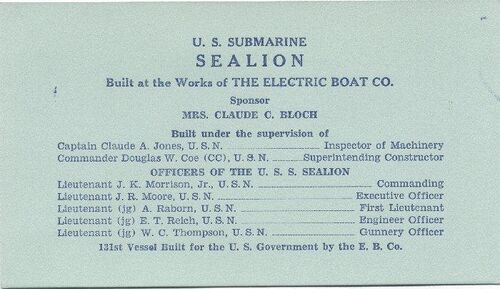
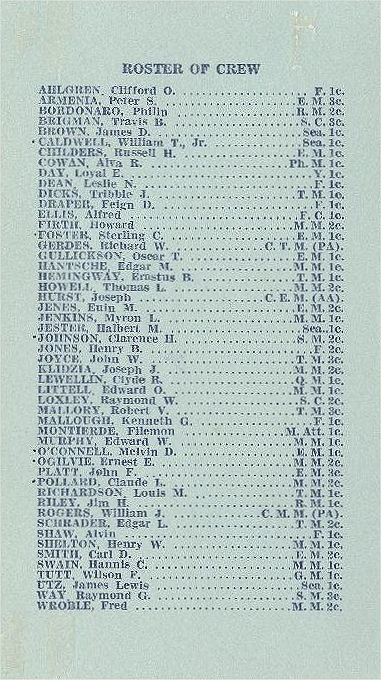
Crew list from the program for the commissioning ceremonies for Sealion, November 27, 1939. Ric Hedman's cousin, YN 1c Loyal E. Day, is the ninth name down on the crew list.
Image courtesy of Marty Danford.
All in the private collection of Ric Hedman.

Sealion's baseball team, date unknown, probably circa 1940. Photo most likely taken on the Sealion's deck. In the second row back on the far-right side the two men there have been identified as Pharmacist's Mate 2c Wheeler Lipes (R) and Fireman 2c Henry B. Jones (L). In the background is a small boat with the number 197. If the boat belonged to the outboard submarine, that would make it the USS Seawolf (SS-197). The center boat is not identifiable.
Lipes would go on to become a Submarine Force legend. In these days submarines did not carry doctors. A single Pharmacist's Mate (PhM) was the only medical staff onboard. PhM's were trained in first aid, hospital administration, patient care, and were authorized to dispense medicines as indicated. That was it. They had no other medical training. Lipes survived the Sealion's bombing in Cavite at the start of the war and was transferred to Seadragon. While on Seadragon's fourth war patrol on September 11, 1942 one of Lipes' shipmates came down with acute appendicitis. Knowing that the sailor would die without an operation, Lipes performed a successful appendectomy with the boat submerged using makeshift surgical instruments while reading out of a surgical manual. SN 1c Darrel D. Rector not only survived, but was returned to full duty after recovery. The first surgery aboard a submarine set a precedent of much more intensive training for submarine PhM's, and Lipes' courage, fortitude, and steady hand were an inspiration to the whole force. Rector's trust in his shipmate is illustrative of the bond between submariners.
Many thanks go to Bryan Jones for this great copy of the Sealion baseball team. Thanks also to Larry Johnson for another copy this photo. His uncle Clarence H. Johnson served aboard the Sealion as a Seaman 2nd Class. LT Clarence H. Johnson later died while serving aboard the USS Golet (SS-361) when she was sunk by the Japanese on June 14, 1944. Identifications of Henry Jones by Bryan Jones, son of Henry Jones.

This photo shows Naval Station Cavite in Manila Bay, Philippines shortly after the Japanese attacked on December 10, 1941. The shipyard was left in shambles and aflame. To the lower right-hand edge of the photo you can see the bow of the Sealion. She had been hit by two bombs. One hit the after end of the cigarette deck and exploded, sending shrapnel flying everywhere. A piece penetrated the conning tower of the Seadragon moored next to Sealion, hitting and killing Ensign Samuel H. Hunter, Jr. The second bomb hit at the juncture of the engine room/maneuvering room, instantly killing four men working on rebuilding electric motors. Their bodies were not recovered until the Sealion hulk was fully salvaged in 1959. Rest in peace shipmates.
•CEM Sterling Cecil Foster
•CEM Melvin Donald O'Connell
•MM 1c Ernest Ephrom Ogilvie
•EM 3c Vallentyne Lester Paul
In addition to these deaths, one more Sealion crewmember died as a POW, having been captured after the fall of the Philippines.
•MM 1c Howard Firth
U.S. Navy photo.
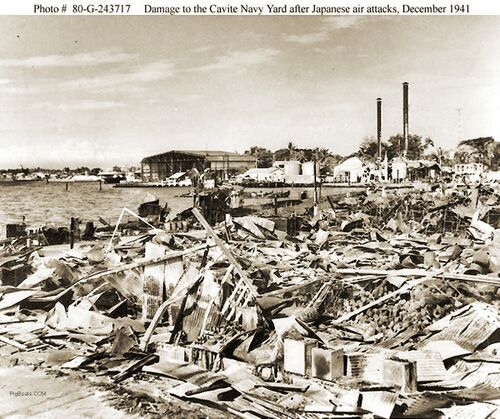
Sealion was not terribly damaged, but in the chaos that followed the initial Japanese attacks on the Philippines, little could be done to repair her. She was systematically stripped of any useful equipment, which was transferred to other submarines in need. Any remaining equipment was thoroughly wrecked. When this work was completed, her crew was transferred to other boats or commands. Unfortunately a few did not make it out and became members of Luzon's defense force. One (Firth) was captured and died as a POW.
On Christmas Day 1941, three depth charges were detonated inside her wreck, ensuring nothing useful remained, although the wreck remained mostly intact. Sealion is seen in the center of this photo of Machina Wharf at Cavite shortly after this wrecking was completed. It sat where she was sunk at her mooring. This is how the Japanese found her on January 3, 1942 when they took control of Cavite. The Japanese quickly moved to make Cavite a functioning base for their Navy, but Sealion was in the way. They raised her, studied what remained, then moved the wreck to an out of the way spot just to the north at Sangley Point, where they dropped it in shallow water.
Photo 80-G-243717 courtesy of the NHHC.
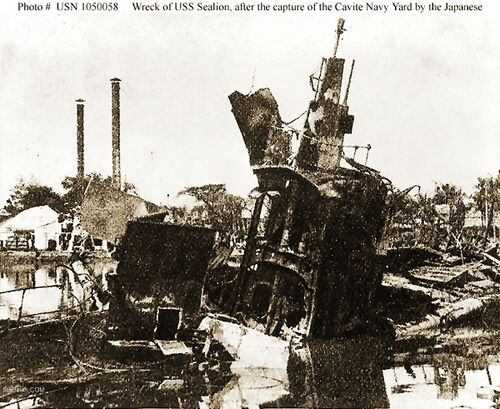
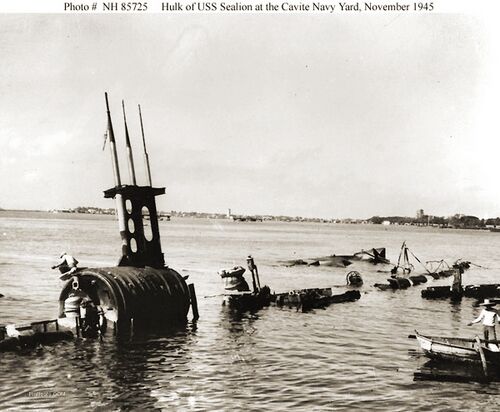
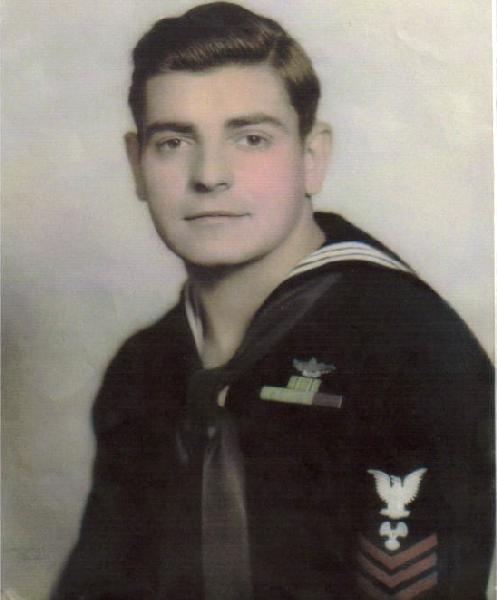
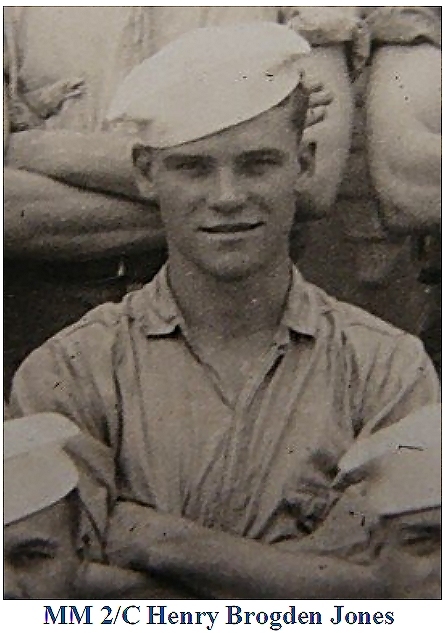


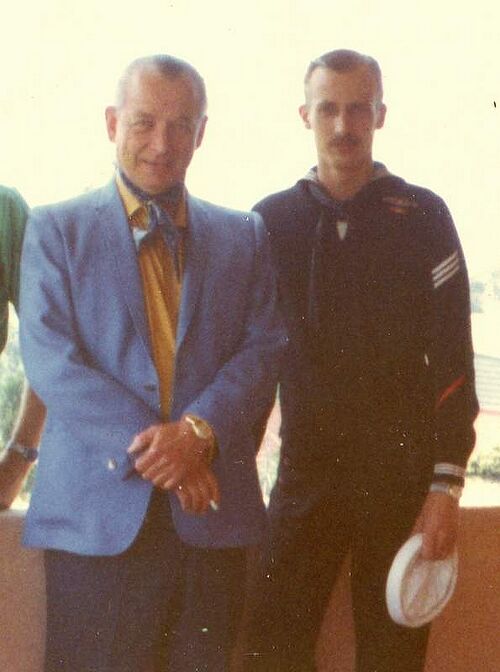
Page created by:
Ric Hedman & David Johnston
1999 - 2023 - PigBoats.COM©
Mountlake Terrace, WA, Norfolk, VA
webmaster at pigboats dot com

